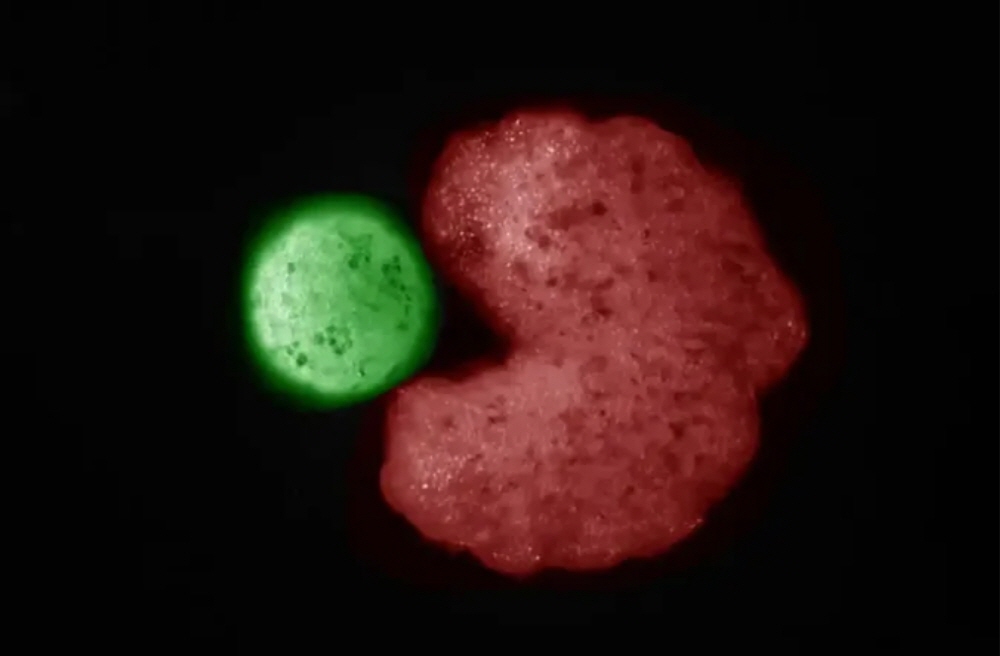
A team of researchers from Harvard University, Tufts University and the University of Vermont has confirmed that Xenobots, synthetic creatures and living robots, are capable of self-replication. This is the first time that self-replication without growth has been identified in a multicellular animal.
Xenobot is a living robot announced in 2020. Xenopus is a synthetic organism smaller than 1 mm made by culturing skin cells and cardiomyocytes. The feature is that it can be designed in a shape that suits the purpose. Xenobots that can move by stretching myocardial cells and swimming using cilia are being developed. The energy required for activity is stored in the body, so it can move around without food or water. The lifespan ends when energy is exhausted, but after death, it is biodegraded as it is, so it is expected to be used for transporting drugs in the body or collecting microplastics in the sea.
In this study, it has been found that these xenobots are capable of self-replication. It collects the surrounding cells and forms a mass of 3,000 cells within 5 days. That this mass grows and a new Xenobot is born. What Xenobots perform is called kinematic self-replication, and it has been observed only in molecules so far, and it is said that this is the first time it has been confirmed in multicellular organisms such as animals and plants.
However, in order to perform self-replication efficiently, it is necessary to intervene and cut the Xenobot into a C-shape. It is also said that clones are smaller and weaker than their parents and do not have the ability to clone. Whether it is better to call this condition self-replicating is debatable. However, it is an important discovery in that it has discovered the possibility of giving birth to new individuals. Related information can be found here.


















Add comment